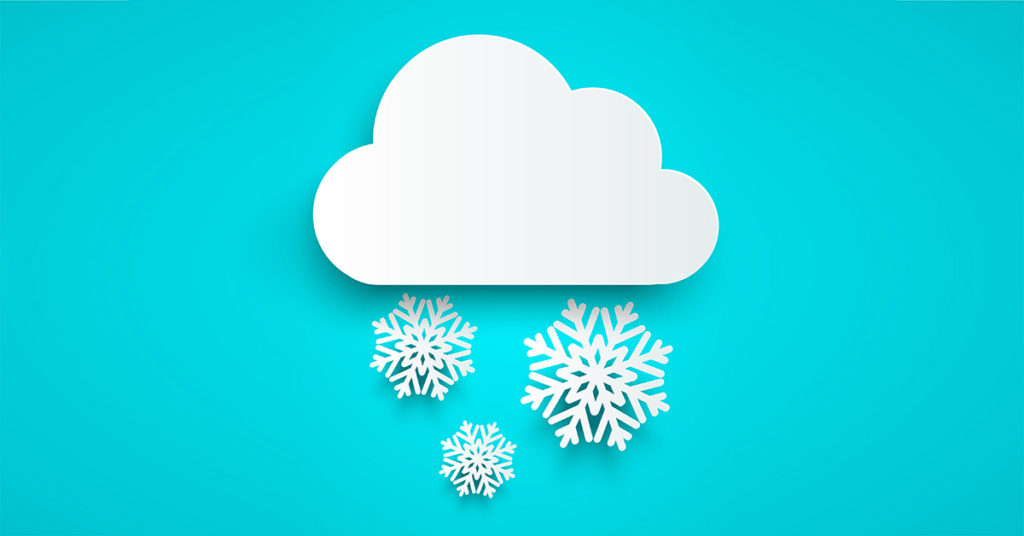
How Will My Fiber Internet Perform in a Storm?
Of all the reasons you choose fiber—speed, using multiple devices at once, closely matching upload and download speeds—don’t overlook its reliability in storms. When your weather service is telling you that the big snowfall or a hurricane is on its way, with fiber you have a lot of built-in advantages to keep your service operational.
What makes fiber reliable
Fiber-optics is designed to be weatherproof
This technology is strong. Data is sent as beams of light through a cable just slightly wider than a strand of hair. The fiber bundle is wrapped inside a thicker cladding, which is inside a protective buffer layer. This construction protects the signal from the effects of water, whether it’s ice from a blizzard or a flood from a hurricane.
With traditional copper wiring, signals are sent as electrical currents and are more susceptible to interference from both water and temperature changes.
Beams of light ensure a steady connection
Even if your provider’s fiber delivery system is buried underground, a storm could still wreak havoc to the ground. Fiber has you covered. Because light is flexible, your data transmission won’t be blocked by any bends in the system. Only direct cuts will affect it. Copper wiring has limitations because it’s much more susceptible to corruption of the electrical signal passing through the wires. If this happens, your service could be more susceptible to greater attenuation (degrading of the signal).
When the power is out, your fiber is still working
As long as your provider’s substation, the center that distributes the signal, is powered, your fiber service will continue to transmit data signals. So you can be without power and still access the Internet. Your router, obviously, runs on electricity. If you have a generator that can power your home, you will have fiber connectivity and can use it for your internet and TV streaming.
Nothing is perfect
If the provider’s substation is without power, your service may be impacted
You may have power in your home, yet have no service because the power is down at this critical point in the delivery chain. If you can, check your provider’s website to learn of outages affecting your area.
If you have fiber voice service, you need to have a fully charged backup battery in place
Check on the charge in your battery backup unit (BBU) so that you will be able to make emergency 911 calls. Depending on the BBU for your system, you’ll have 4 to 24 hours of backup voice service available to you. This voice service usually runs independently of your internet service.
First steps are important
Be ready at each phase of the disaster: preparation, impact, aftermath
Have supplies and gear ready. Stay safe inside your home. Wait to go out until the severe problems have abated, when you know it’s safe to assess possible damage.
Keep in touch with your provider and local news or the National Weather Service (if possible) so you know when it’s safe to go out or, if necessary, travel away from the area.
Disasters are never easy. But having a fiber-optic connection to rely on can make it more bearable.


Join the conversation